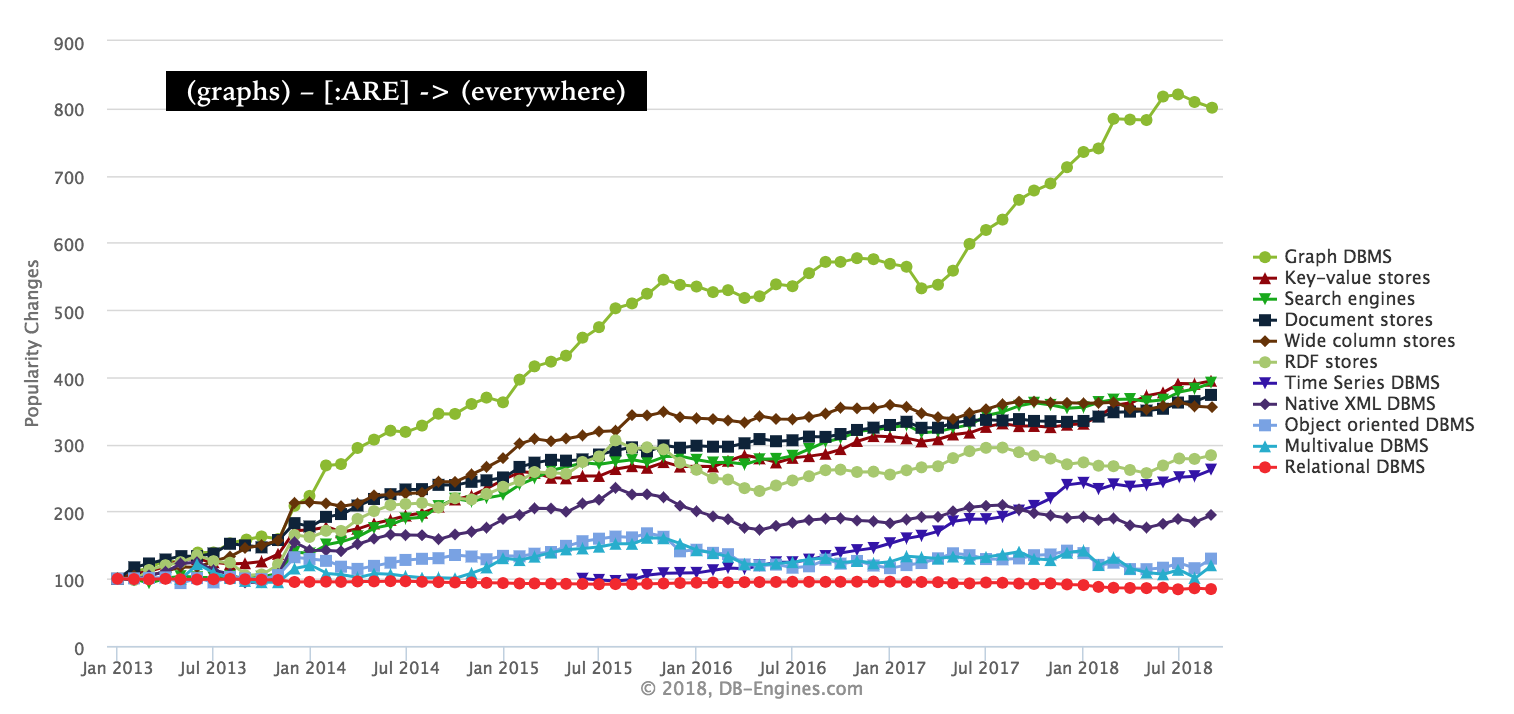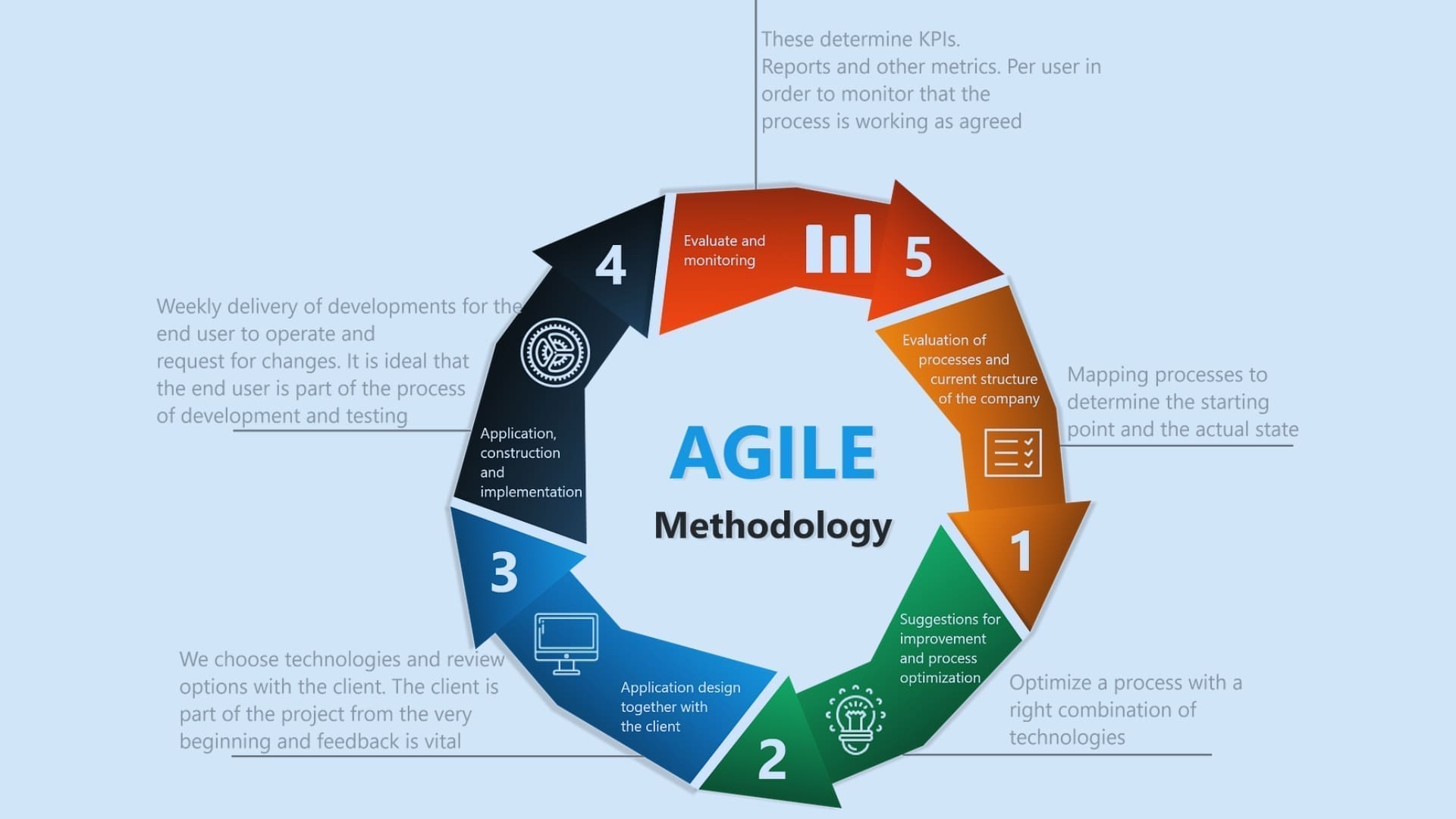The Nuclear Company Secures $46M to Advance Existing Reactor Sites
The Nuclear Company is taking a unique approach to revitalizing the nuclear energy sector. Instead of designing new reactors or mass-manufacturing smaller ones, they focus on developing a series of reactors using existing, proven designs.
Series A Funding Fuels Ambitious Plans
The two-year-old startup recently announced a successful Series A funding round, attracting investments from CIV, Goldcrest Capital, MCJ Collective, True Ventures, and Wonder Ventures. While the initial announcement didn't disclose the amount, TechCrunch has confirmed through an SEC filing that the company secured $46.3 million out of a targeted $51.3 million total.
Experienced Leadership Team
Founded in 2023, The Nuclear Company is led by three serial entrepreneurs: Jonathan Webb (former AppHarvest CEO), Kiran Bhatraju (Arcadia CEO), and Patrick Maloney (CIV CEO). This experienced leadership brings a wealth of knowledge in scaling innovative companies and navigating complex regulatory environments.
Strategic Focus on Existing Sites
The Nuclear Company's strategy centers on prioritizing sites that already possess permits or licenses to operate. This approach significantly reduces the time and cost associated with developing new nuclear facilities. According to filings with the Nuclear Regulatory Commission for combined operating licenses and early site permits, fewer than a dozen sites in the U.S. meet these criteria.
Ambitious Generation Goals
Each of these strategically selected sites can support reactors with a generation capacity exceeding 1 gigawatt. The Nuclear Company's initial goal is to develop a fleet capable of generating 6 gigawatts of power.
Rising Energy Demand and the Role of Nuclear
This funding round comes at a critical time, as tech companies and utilities grapple with securing sufficient power for data centers. Grid Strategies projects a nearly 16% surge in U.S. electricity demand by 2029, following years of stable consumption. Data centers are a primary driver of this growth, with their electricity usage potentially quadrupling by the end of the decade.
Tech Giants Embrace Nuclear Energy
Faced with potential power shortages, major tech companies are increasingly turning to nuclear energy solutions. Examples include:
- Google: Working with Kairos to develop 500 megawatts of small modular reactors (SMRs).
- Amazon: Participating in a substantial $700 million funding round for X-energy's SMR initiatives.
- Meta: Soliciting proposals for up to 4 gigawatts of generating capacity.
- Microsoft: Collaborating with Constellation Energy to restart a reactor at Three Mile Island.
Challenges and Competition
Despite the growing interest, nuclear power faces significant challenges. These include:
- Competition from Solar: Solar farms, often paired with battery storage, offer an inexpensive and rapidly deployable alternative, with new projects taking approximately 18 months to develop. Many tech companies are signing sizable deals to secure capacity from solar farms.
- Potential Subsidy Cuts: The House Ways and Means Committee is considering a reconciliation bill that could eliminate subsidies for nuclear power granted under the Inflation Reduction Act, which currently provides tax credits of up to $15 per megawatt-hour for nuclear plants.
Long-Term Outlook and Uncertainties
Most new nuclear power plants, including those planned by The Nuclear Company, are not expected to be operational until the early 2030s. Given the widely varying forecasts for the next five years, these massive nuclear plants could face unforeseen challenges upon entering service a decade from now.
The Nuclear Company's Strategy: A Deep Dive
The Nuclear Company's approach is rooted in the belief that leveraging existing infrastructure and proven reactor designs offers a faster, more cost-effective, and less risky path to expanding nuclear power capacity. This strategy contrasts with other companies pursuing novel reactor designs or focusing on small modular reactors (SMRs), which still face significant regulatory hurdles and technological uncertainties.
Key Elements of The Nuclear Company's Strategy:
- Focus on Existing Sites: By targeting sites with existing permits and infrastructure, the company avoids the lengthy and expensive process of securing new approvals and building new facilities from the ground up.
- Proven Reactor Designs: Utilizing established reactor designs reduces technological risk and allows for faster deployment. These designs have a track record of safety and reliability, which can help to build public confidence in nuclear energy.
- Strategic Partnerships: The company's leadership team brings a network of relationships with utilities, technology companies, and investors, which can help to secure funding, off-take agreements, and other critical resources.
The Future of Nuclear Energy
The Nuclear Company's success will depend on several factors, including its ability to secure financing, navigate regulatory hurdles, and compete with other energy sources. However, the company's strategic focus on existing sites and proven reactor designs offers a compelling value proposition in a market that is increasingly demanding clean, reliable, and affordable energy.
As data centers continue to proliferate and electricity demand surges, nuclear energy is poised to play a critical role in meeting the world's energy needs. The Nuclear Company's innovative approach could help to unlock the potential of nuclear power and accelerate the transition to a cleaner energy future.
The Broader Context: Nuclear Energy and Climate Change
The resurgence of interest in nuclear energy is largely driven by the urgent need to address climate change. Nuclear power is a low-carbon energy source that can provide baseload power, meaning it can operate continuously regardless of weather conditions. This makes it a valuable complement to intermittent renewable energy sources like solar and wind.
Benefits of Nuclear Energy in Addressing Climate Change:
- Low Carbon Emissions: Nuclear power plants produce virtually no greenhouse gas emissions during operation.
- Reliable Baseload Power: Nuclear plants can operate 24/7, providing a stable and reliable source of electricity.
- Energy Security: Nuclear fuel is relatively abundant and can be sourced from stable countries, reducing dependence on foreign energy sources.
Challenges and Considerations
Despite its benefits, nuclear energy also faces significant challenges and considerations:
- Safety Concerns: Nuclear accidents, such as Chernobyl and Fukushima, have raised concerns about the safety of nuclear power plants.
- Waste Disposal: The disposal of nuclear waste is a complex and controversial issue.
- High Costs: Building new nuclear power plants is expensive and time-consuming.
- Public Perception: Nuclear energy faces significant public opposition in some countries.
Conclusion
The Nuclear Company's $46 million Series A funding represents a significant investment in the future of nuclear energy. By focusing on existing sites and proven reactor designs, the company aims to accelerate the deployment of nuclear power and help meet the growing demand for clean, reliable energy. While challenges remain, the resurgence of interest in nuclear energy reflects the urgent need to address climate change and secure a sustainable energy future.











